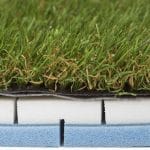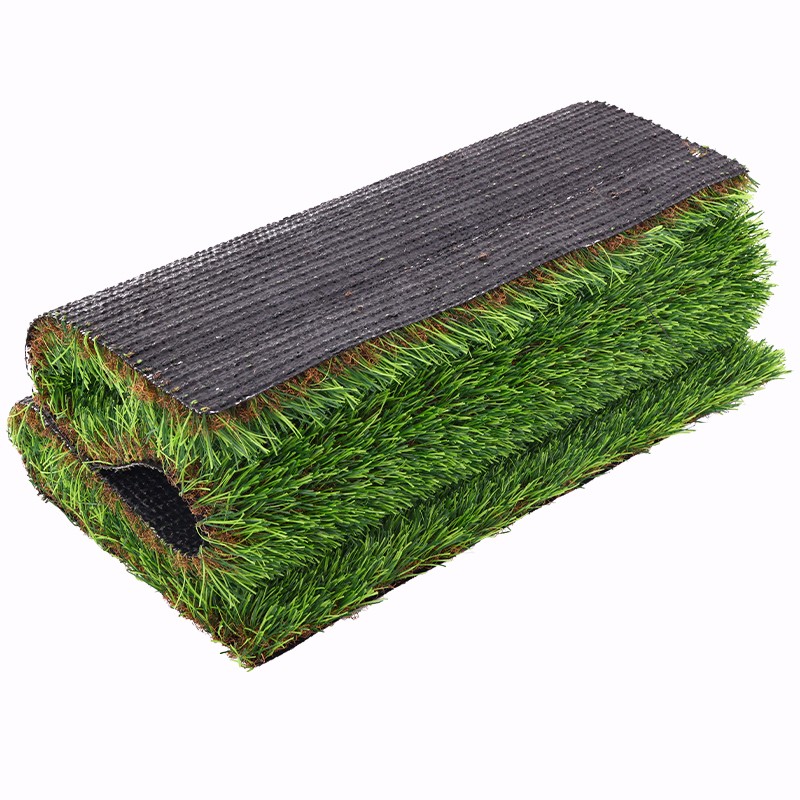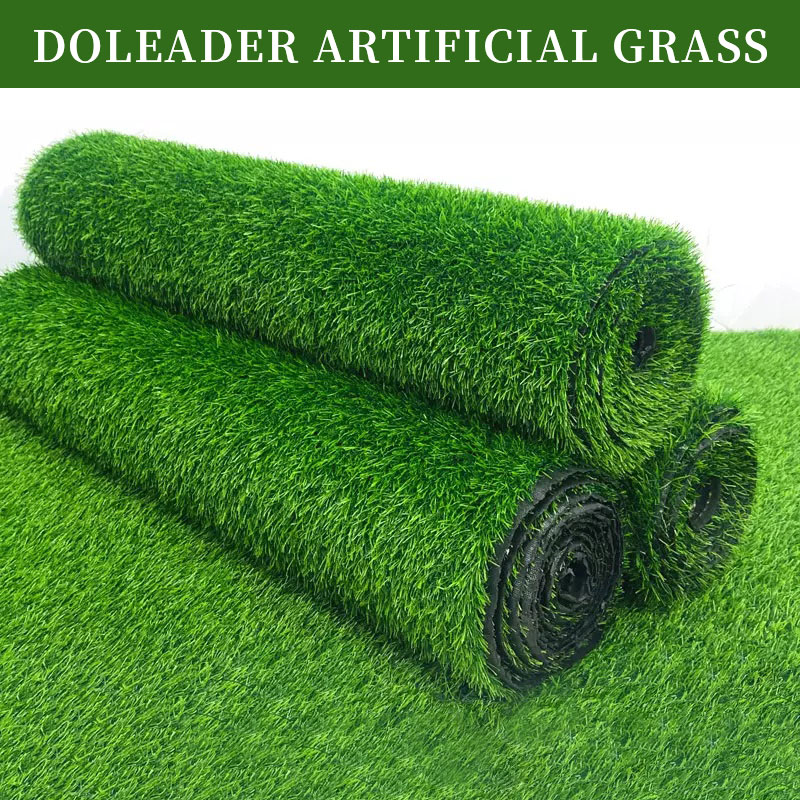
Setting up a high-quality turf surface in a batting cage is essential for providing a consistent, durable playing experience. Proper turf installation is crucial to ensure the surface performs well and lasts. Here are the main steps involved:
- Prepare the Base Begin by creating a stable, level base for the turf. This typically involves:
- Excavating the area and laying down a compacted gravel or crushed stone base, 2-4 inches deep.
- Installing a weed barrier fabric over the base to prevent vegetation growth.
- Ensuring the base is smooth and evenly graded to allow proper drainage.
- Lay the Turf Unroll the artificial turf and position it over the prepared base. Make sure the turf lies flat with no wrinkles or bubbles.
- Secure the Edges Use landscape staples, nails, or other appropriate fasteners to firmly secure the turf along the perimeter of the batting cage. This prevents the edges from curling up.
- Infill the Turf Spread a layer of specialized turf infill, such as rubber granules or sand, over the surface of the artificial grass. This infill provides cushioning and stability.
- Use a brush or groomer to work the infill into the turf fibers.
- Ensure an even distribution, with the infill level just below the top of the grass blades.
- Trim and Edge Use a sharp utility knife or turf shears to carefully trim the turf along the edges of the batting cage, creating a clean, finished look.
- Maintain and Groom Regularly maintain the batting cage turf by:
- Brushing or dragging the surface to keep the infill evenly distributed.
- Removing any debris or foreign objects.
- Repairing any rips, seams, or other damage as needed.
When installed properly, a quality artificial turf surface can provide a durable, low-maintenance playing area for your batting cage that offers consistent ball roll and bounce. Be sure to follow the manufacturer’s instructions and consult a professional if you have any questions during the installation process.









